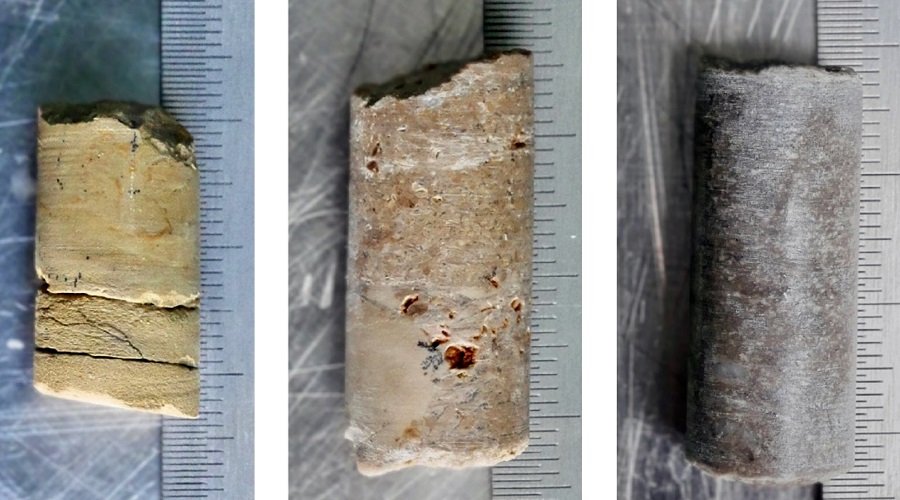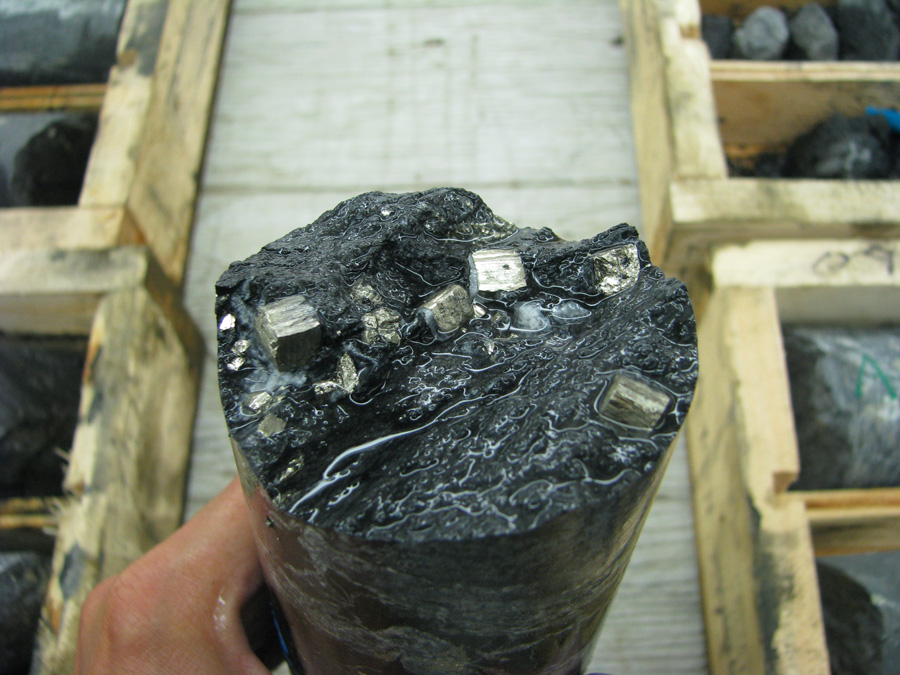Limestone reveals the hidden lives of microbes

Limestone is not only important in the cement industry, but it also serves as an archive for microbial colonization of the subsurface, new research has found.
Scientists at the Friedrich Schiller University Jena examined drill cores from a depth of up to 300 metres from the Thuringian Basin to gain insights into the biomass in solid rocks and the metabolic status of rock-dwelling microbiomes. Their ultimate goal was to decipher the genetic information of microorganisms in the stones and to classify them both taxonomically and functionally.
“Based on previous research results, we assumed that the high calcium content in limestone could preserve the DNA of microorganisms, similar to dental calculus in mummies or skeletons. However, due to the low biomass in the rock, existing methods had to be adapted,” Carl-Eric Wegner, lead author of the study that presents the new findings, said in a media statement.
To extract the DNA contained in the rock samples for metagenomic analysis, Wegner and his colleagues adapted methods from microbial archaeology and palaeogenomics.
“We have been able to detect genetic information from past microbial communities—so-called paleomes—in three rock samples,” Kirsten Küsel, co-author of the study, said. “These give us information about which metabolic performances played a role when these microorganisms were still alive.”
Based on what they discovered, the researchers conclude that the study of limestone is particularly suitable because its properties favour the long-term preservation of genetic information.
“Determining the age of endolithic DNA is the key to the geomicrobiological history of the subsurface,” Küsel said.
The scientist pointed out that this study is crucial to understanding the role of microorganisms in biogeochemical cycles because little is known about them as most of the earth’s microbial biomass is hidden at depths of up to five kilometres below the continental surface, where the microorganisms also colonize solid rock.
More News
{{ commodity.name }}
{{ post.title }}
{{ post.date }}

Comments